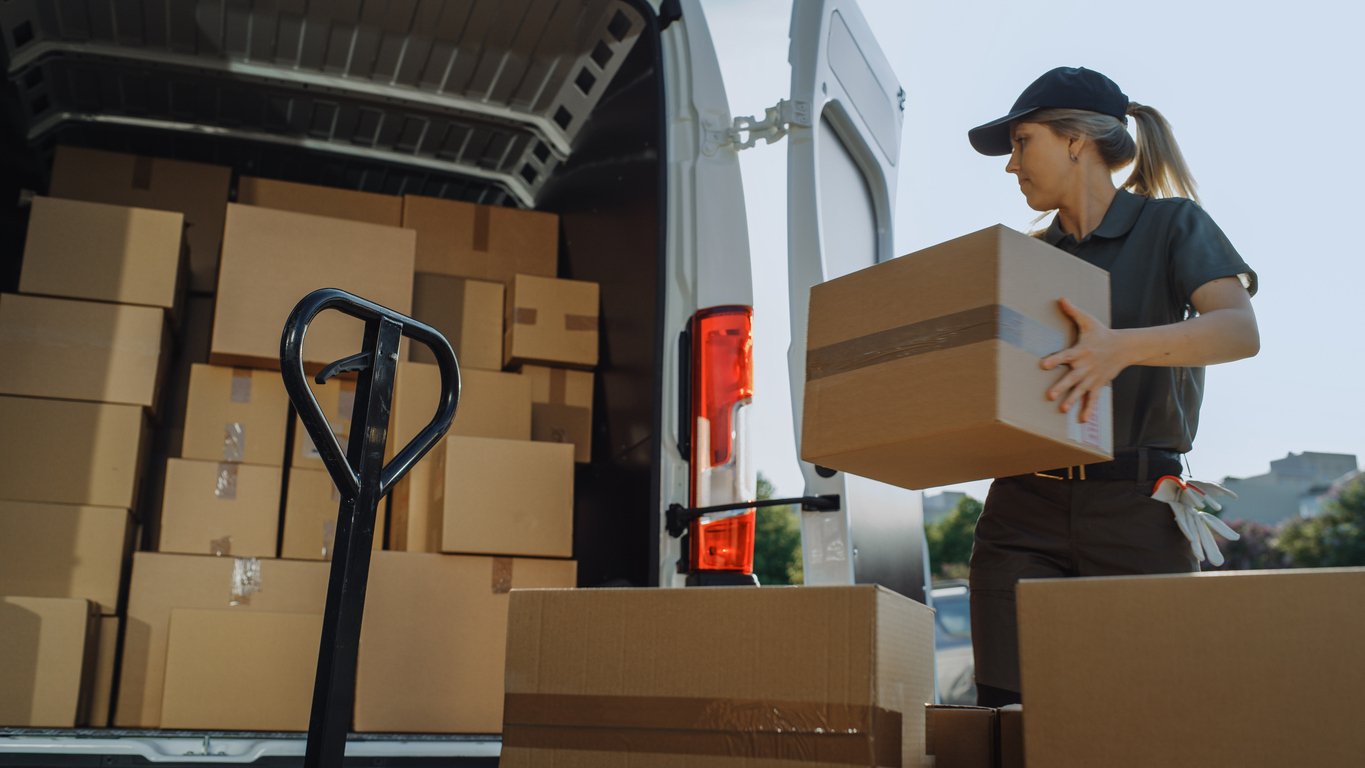
Stay Ahead of Peak Season: Scale Your Parcel Shipping
Parcel volumes aren’t slowing down. In fact, they’re exploding. In the U.S. alone, parcel volume soared to a record 23.8 billion in 2024, a 50% jump since 2019. For enterprise supply chains, this growth is a double-edged sword. More shipments mean more opportunity—but also more complexity. Whether it's an e-commerce surge, a product launch, or just the realities of modern global distribution, high-volume parcel shipping can stretch operations to the limit.
Here are four strategies to help large enterprises handle scale effectively—without sacrificing speed, visibility, or control.
1. Diversify Carriers to Build Flexibility
Relying on one carrier is like walking a tightrope without a net. With major carriers like UPS, FedEx, USPS, and Amazon Logistics handling 98% of U.S. shipments enterprises have fewer fallback options when disruption hits. Relying on a single carrier means you’re more exposed to delays, surcharges, or service outages—especially during high-demand periods.
A multi-carrier strategy gives your shipping operations the agility to route packages based on price, performance, or region. Enterprises that integrate multiple carriers into their shipping systems are better equipped to handle spikes in demand, service disruptions, and global scale.
2. Automate to Keep Up with Volume
Shipping manually in a high-volume environment? That’s a recipe for errors and delays. Labeling, documentation, and compliance checks slow things down fast—especially when parcel counts stretch into the thousands daily.
Automation is the lever that moves volume efficiently. By embedding parcel processing directly into your ERP system, you eliminate the need to jump between platforms. Teams can generate labels, validate shipments, and push tracking data to customers without friction.
The result? Fewer mistakes, faster fulfillment, and happier customers.
The best time to automate isn’t when orders flood in—it’s months before. Enterprises that prepare workflows in advance glide through high-volume periods.
3. Centralize Data to See the Bigger Picture
More shipments mean more data—and more chances to lose track of what’s happening. Between delayed deliveries, missed SLAs, or capacity issues, every shipping problem has a ripple effect.
Centralized shipping dashboards make it easier to spot trends, track real-time status, and quickly course-correct when issues arise. From order-level detail to carrier performance benchmarks, enterprise teams need one place to see it all—and act fast.
This kind of visibility doesn’t just help in the day-to-day. It fuels strategic decisions that lead to better performance and cost control over time.
4. Get Ahead of Peak Season
Peak shipping isn’t just a holiday thing anymore. It’s product launches, limited drops, flash sales—even viral moments. And when it hits, it doesn’t wait for your systems to catch up.
Here’s what smart enterprises do:
- Lock in carrier capacity well in advance
- Build surge workflows that kick in during demand spikes
- Stress-test automations and service levels ahead of time
Having a scalable shipping system already in place makes these surges a breeze to handle.
Conclusion
Parcel shipping at scale doesn’t have to be chaotic. With the right strategies—and the right technology—you can turn complexity into a competitive edge. Enterprises running on SAP have the added advantage of using tools like ShipERP to bring automation, multi-carrier access, and real-time visibility directly into their existing workflows.
Shipping becomes smarter. Teams become faster. Customers stay happy. That’s what scaling your supply chain should look like.
